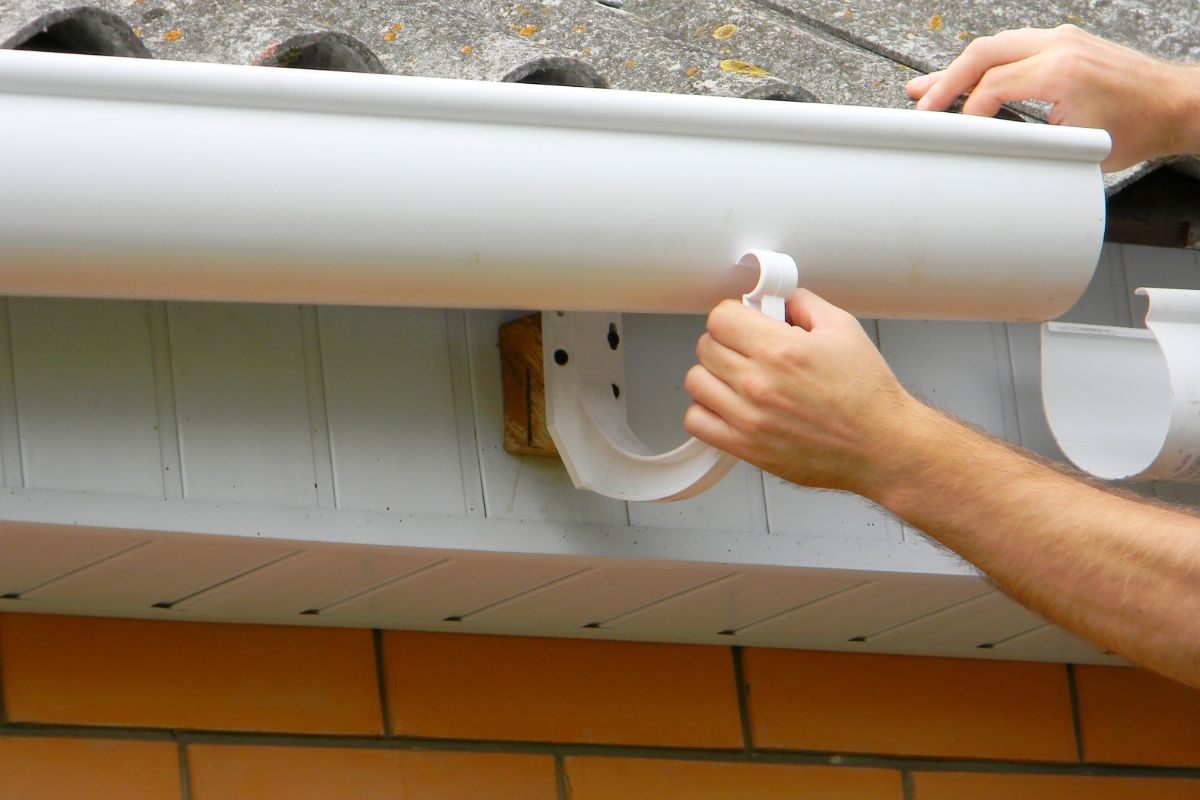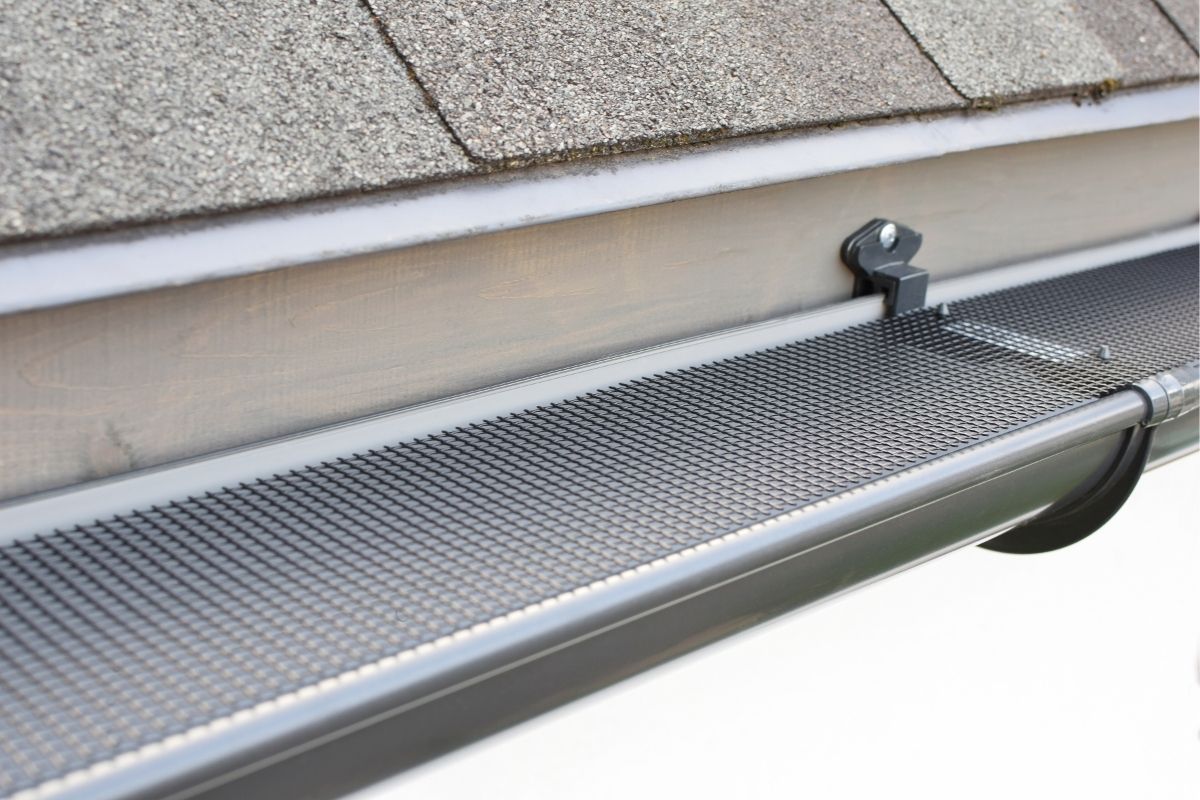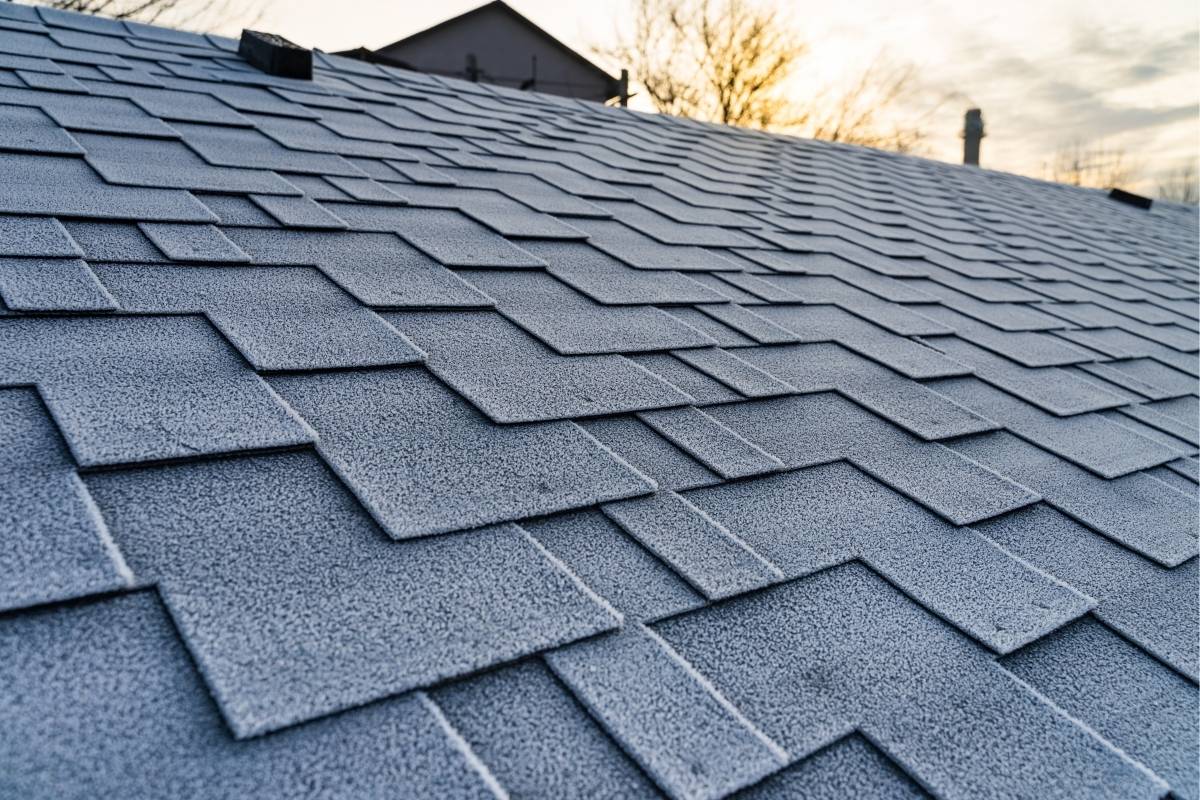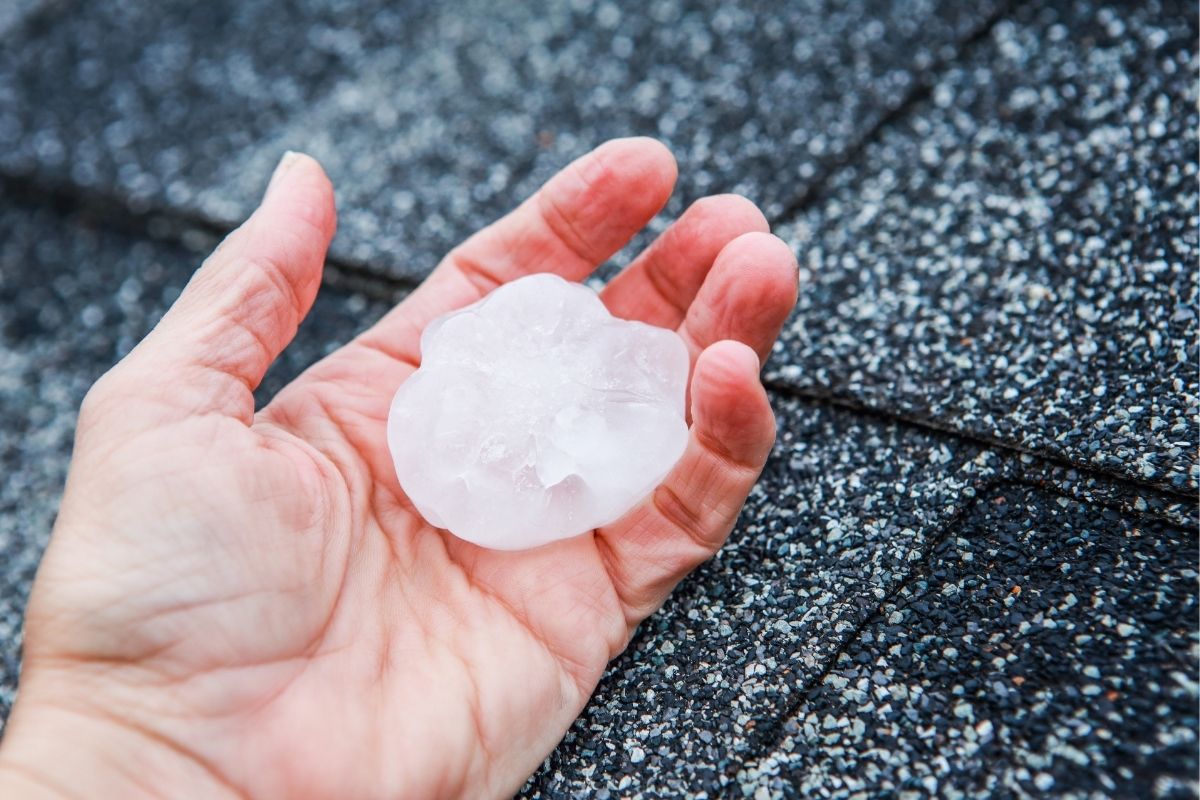Many homeowners take pride in tackling improvement projects themselves. Saving on labor costs and achieving a sense of accomplishment can be rewarding. However, some tasks have higher risks, especially involving your home’s exterior protection. DIY gutter installation might seem like a weekend project, but we’ve seen how easily it can lead to costly consequences. At first glance, this attempt is a good way to save money. The materials are readily available at most hardware stores. But as roofing professionals who have repaired many DIY gutter attempts gone wrong, we’ve seen firsthand how the real cost often ends up much higher than expected. Understanding the investment of time, tools, materials, and risk can help you decide whether doing it yourself is worth it or if hiring a professional is the more brilliant long-term choice.
What DIY Gutter Installation Involves
Installing gutters isn’t just about fastening a few pieces of metal to your roofline. It’s a precise process requiring the right tools, accurate measurements, and a solid understanding of water flow and proper drainage. Before starting this type of project, it’s essential to understand what the job entails and recognize when to replace gutters by yourself versus calling in the professionals. Attempting complex installations or replacements without the necessary expertise can lead to costly errors and ineffective water management.
Materials and Tools You’ll Need
To get started with DIY gutter installation, homeowners typically purchase:
- Pre-cut gutter sections (usually aluminum or vinyl)
- Downspouts and elbows
- Brackets, hangers, and screws
- End caps, outlets, and sealant
- Miters for corners
- Ladder and safety equipment
- Power drill, saw, and measuring tape
Investing in essential safety equipment is important when working on a multi-story home. This should include a sturdy extension ladder, durable work gloves, reliable eye protection, and necessary fall protection gear. Elevated tasks like gutter guard installation can quickly become dangerous without the right tools and a solid understanding of safe practices. Prioritizing safety is crucial to prevent accidents and ensure your project is completed successfully.
Planning the Layout and Pitch
A successful gutter system requires a slight downward slope to direct water toward the downspouts. If the slope is off, even by a small margin, water can pool, spill over, or back into the roof. Precise measurements and careful chalklining are key to ensuring water drains correctly away from the foundation.
Common Mistakes Homeowners Make
Taking shortcuts during DIY Gutter Installation often leads to long-term damage. Here are some frequent errors we see:
- Incorrect Slope and Alignment: Gutters must be installed with a slight slope—about ¼ inch for every 10 feet—to ensure proper drainage. When this slope is incorrect, water can pool, leading to overflow and potential damage to your siding, foundation, or fascia.
- Poor Fastening or Sealant Application: Loose brackets or poorly sealed joints cause leaks and sagging. Even if it holds for a season or two, these weak spots often fail during a heavy storm.
- Inadequate Downspout Placement: Proper downspout placement is essential for directing water away from the home. A mistake here can lead to soil erosion or basement leaks.
These seemingly minor errors can lead to major headaches down the line. Ensuring your gutters are installed correctly is crucial for protecting your home.
The Hidden Costs of DIY Gutter Installation
Although DIY projects are often more affordable upfront, the unexpected expenses add up quickly. Here’s what we usually see.
1. Incorrect Sizing or Improper Installation
One of the most common problems with DIY gutter installation is using the wrong size or not accounting for your home’s roof area. Improper placement can lead to leaks, sagging gutters, and ineffective drainage, eventually damaging siding, fascia boards, and even your foundation.
2. Safety Risks and Ladder Accidents
Working from a ladder several feet off the ground carries real danger. Without proper safety gear and experience, you could risk serious injury from falls or unstable footing. Professional installers use stabilizers, harnesses, and techniques that minimize risk.
3. Time and Rework Costs
Most homeowners don’t realize how time-consuming DIY gutter installation is until they’re halfway through. Between measuring, cutting, climbing, and sealing each section, even a small home can take days to complete, and rework may be needed if leaks appear after the first storm. Moreover, these errors often lead to re-purchasing sections and hardware.
DIY Gutter Installation vs. Professional: A Side-by-Side Comparison
When your home needs new gutters, you might wonder if you can tackle the project yourself or if it’s best left to the professionals. DIY and professional gutter installation have advantages and disadvantages, impacting cost, quality, and long-term performance.
| Factor | DIY Gutter Installation | Professional Gutter Installation |
|---|---|---|
| Upfront Cost | Lower (materials only) | Higher (labor and materials) |
| Time Investment | High (multiple days) | Low (completed in a few hours) |
| Precision and Drainage | Risk of incorrect slope | Professionally measured and installed |
| Safety | Ladder and fall risks | OSHA-trained crews with safety gear |
| Warranty or Guarantee | None | Yes, typically offered |
| Appearance | Visible seams and cuts | Clean, seamless, custom-fit look |
Ultimately, the choice between DIY and professional gutter installation hinges on your comfort level with heights, your experience with home improvement projects, and your budget. While DIY can save on upfront labor costs, professional installation often provides peace of mind through expertise, proper equipment, and warranties, ensuring a durable and practical gutter system.
When It Makes Sense to Call a Professional
While minor fixes like reattaching a loose bracket or clearing a simple clog might be manageable for a homeowner, installing an entire gutter system or undertaking significant repairs is often best left to experts. Proper gutter installation is crucial for effective drainage and long-term protection of your home’s foundation and siding. Professionals have the tools, experience, and knowledge of best practices to ensure your system performs flawlessly, saving you potential headaches and costly future repairs.
Large Homes or Complex Rooflines
Homes with multiple roof sections, dormers, or steep pitches require more planning and customization. Professionals know how to install seamless gutters cut to exact lengths on-site, reducing leaks and improving appearance.
Long-Term Reliability
Professionally installed gutter systems are designed to last longer, handle heavy rain more effectively, and often come with warranties. We also check fascia and soffits for hidden water damage before installing new gutters—something DIY installers may overlook.
Peace of Mind and Ongoing Support
Hiring a reputable company for your gutters means you have a dedicated team to call if something goes wrong or ongoing maintenance is needed. This is a significant advantage of opting for professional gutter services in Dayton compared to DIY installation, where you’re solely responsible for every repair, inspection, and cleaning. Knowing experts are just a call away provides invaluable peace of mind and ensures your gutter system remains in top condition for years.
Invest in Your Home’s Protection With Expert Gutter Installation
DIY gutter installation might be a simple way to cut costs, but the real price often includes time, frustration, and future repairs. A professionally installed system ensures your gutters do their job—protecting your home from water damage and giving you peace of mind.
If you’re considering new gutters or replacing your old system, DryTech Exteriors is your trusted, locally owned and operated Dayton Roofers. We’re the best-rated roofing company in Dayton and are trusted for expert gutter installations, roofing, and siding services. Contact DryTech Exteriors today. Don’t let DIY mistakes cost you more later.
